Forest Trends’ Beto Borges, Director of our Communities and Territorial Governance Initiative, talks to Dr. Steve King, EVP Sustainable Supply, Ethnobotanical Research & IP in a wide-ranging conversation on indigenous technology, a game-changing new drug developed from an Amazonian tree, and the next frontier in scientific discovery.
This conversation has been edited and condensed from its original version.
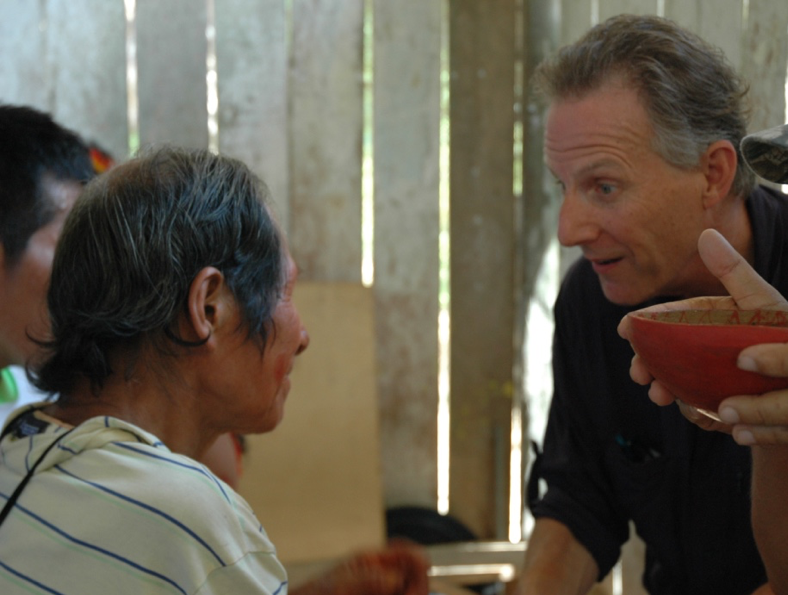
Beto Borges:
Steve and I met in 1998. I was giving a presentation about community based economic alternatives at a business center in downtown San Francisco and Steve was in the audience. After my presentation he approached me to talk.
Today, Steve is a leading ethnobotanist, working with Napo Pharmaceuticals and Jaguar Pharmaceuticals to develop pharmaceutical business ventures based on forest biodiversity. Steve, in your experience, can that be profitable?
Steve King:
Studies have shown that a couple of hectares of forest has more utility value for food and medicine and products than it does being harvested for timber. That log has a one-time use. Soybean or palm oil monoculture plantations have short-lived productivity. But the forest itself can generate far, far more economic value over time if it is not used for short term gain.
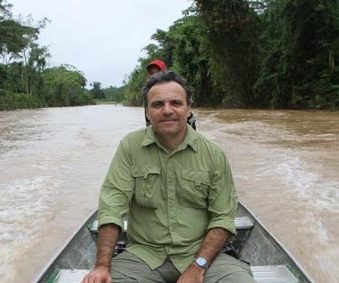
One of the visions we have is for plant products derived from the Sangre de Drago tree (Croton lechleri) that can be used to treat several serious health conditions, like cholera or severe diarrhea, which is especially prevalent in those managing AIDS and chemotherapy symptoms. These products can also be used for digestive issues in cattle, dogs, and horses. These could be game-changing alternatives, especially because the western drugs typically used to manage digestive distress (and many other health problems) can be addictive, expensive, and have serious side effects.
Beto Borges:
How were drugs developed from those plant products? What does that process look like?
Steve King:
Ethnobotanists and scientists from around the world worked with an entrepreneur, Lisa Conte, to look at plants used by indigenous peoples in the tropics, selected a handful that looked the most promising, and started doing basic chemistry and clinical trials to look for new therapeutic compounds in the US and other countries.
We managed to find a compound, called crofelemer, from the Sangre de Drago tree that was highly effective and had a novel mechanism of action to help stop fluid loss through the gut. The compound acts in a way that doesn’t constipate, is not an opiate, and isn’t addictive. This is one of its many uses.
Because the active compound cannot be recreated in a laboratory setting, we needed to work with indigenous and local community partners to sustainably manage the tree that produces it. Partners in multiple locations of the Peruvian Amazon taught us how to grow, harvest, and reforest the tree using agroforestry techniques. It doesn’t require clearing large areas of land to produce and is a fast-growing tree. We continue to depend on their knowledge and management.
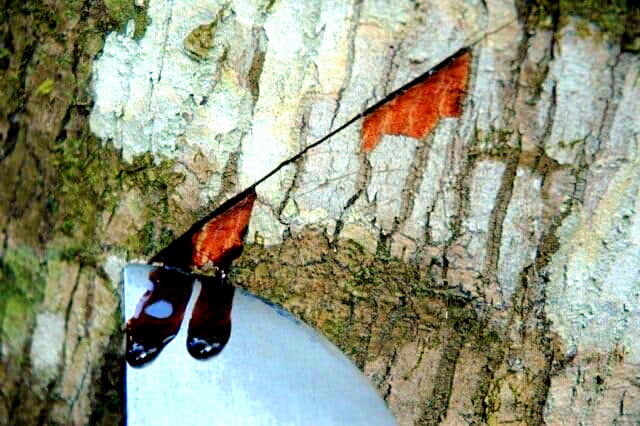
This was how you and I met, Beto. Beto was there working for the Rainforest Action Network at the time. He helped us lay out management approaches for the different communities we’re sourcing from.
The final drug, Mytesi, was approved by the FDA in December 2012. It has since become of great value to the AIDS community in the US. It’s also in the process to be approved for people getting chemotherapy treatment, because excessive diarrhea is one of the biggest side effects they deal with. We’re working on another product from Sangre de Drago for a cholera treatment. Studies in Dhaka, Bangladesh have already shown that purified extracts from this tree can reduce fluid loss caused by cholera.
Beto Borges:
There are big concerns about reciprocity and intellectual property when companies profit from medicinal plants and indigenous knowledge without developing agreements and benefit-sharing programs.
Could you speak a little about your experience with this? What do you recommend to your peers in the pharmaceutical field looking to go this route?
Steve King:
Before we even launched early-stage research with Sangre de Drago, healers and local communities told us that they wanted to have intellectual credit, as well as financial and reciprocal benefits to their communities. They wanted it to be clearly stated in records, history, and medicine textbooks that their knowledge and expertise led to our product’s development. Which is completely true and appropriate.
My advice would be to begin planning reciprocity from the very beginning and share benefits at every stage possible. The focus must always be on respect for them and their knowledge. We’ve put several million dollars into communities over the years and continue to do so. In some places, reciprocity takes the form of helping support hospitals, schools, clean water systems, access to new information, universities, certain experts, or whatever else that particular community deems important to their Life Plans.
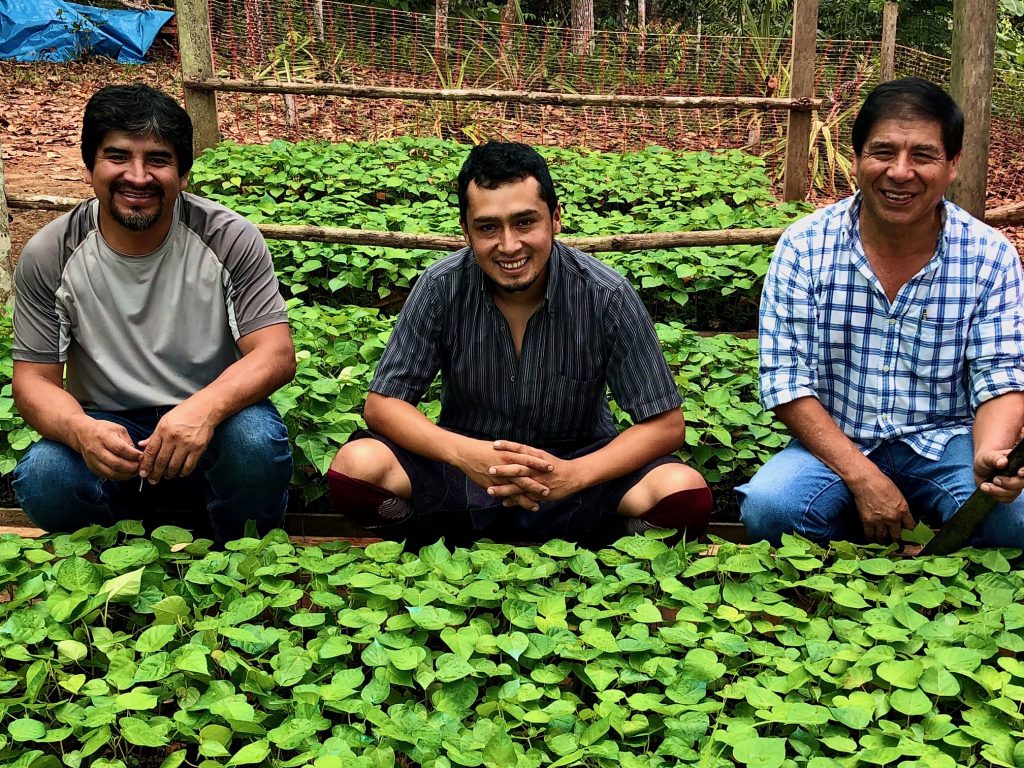
A close, positive relationship with indigenous communities ensures continued supply of the compound we need to make our drug. It cannot be made in the laboratory, so it must be harvested and then purified directly from the trees. Even though we have learned from our indigenous partners, we are still dependent on our relationships with them, their knowledge, and their sustainable forest management. We’re interdependent. My concern is that this type of relationship is not so common these days. Having a low profit margin is not an excuse not to establish reciprocity.
Beto Borges:
Those of us working with indigenous communities for years know how generous they are with their knowledge. They want to share.
Steve King:
We wouldn’t have gotten here if it wasn’t for the knowledge of the healers in these places being willing to teach us and work with us. And that came from a partnership based on respect. You can’t be engaged in the use of tropical forest products, ecosystems, and knowledge if you can’t 1) dedicate yourself to the sustainable production therein and 2) build an ethical, just relationship with the people, communities, and countries from which they come.
Ultimately, traditional indigenous knowledge guided us to new therapeutic agents that have benefits for humans and animals, multiple diseases, and soon, multiple countries. We would be so happy if these products could change the world like quinine did for malaria.
Beto Borges:
It amazes me that it’s May 2020 and we still have access to this massive body of ancient knowledge in the form of elders. They are the holders of traditional wisdom in communities.
We have been concerned for some time about the loss of elders and less knowledge exchange with younger generations. We are even more concerned about losing elders to the pandemic. Humanity risks losing this knowledge forever. During your career as an ethnobotanist, you met so many of these elders. What could be the impact of these losses? What are your concerns?
Steve King:
Those people have knowledge – about plants, ecosystems, interrelationships, healing compounds – that nobody else has. It’s not documented [in writing]. It would be a huge loss to humanity, to science, to all of us. Those elders should be treated as elder statesmen, national treasures, and humanity’s guardians of knowledge. Many are dying from COVID-19 – they need to be helped, taken care of, provided for. And then, if they choose, given the opportunity to share with other cultures.
I think one of the things that makes me happiest is when I learn about organizations that help facilitate the transfer of knowledge from older to younger generations, as I know Forest Trends does with indigenous communities. That’s invaluable.
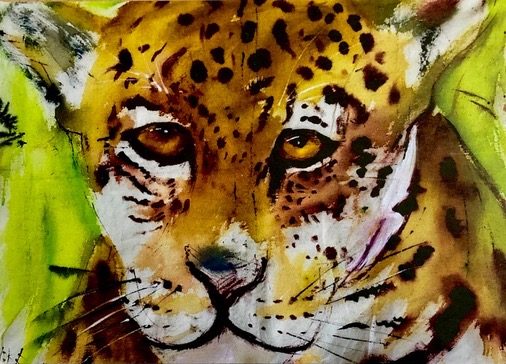
Beto Borges:
In your mind and the minds of your peers, what’s next in terms of the exchange between biodiversity and technology? The crossover between the science of humans and the science of nature. What can we expect? Is there hope?
Steve King:
Oh absolutely. I think there’s enormous hope. Organisms and compounds associated with them are constantly being discovered and tested for therapeutic or technological potential. It’s only the beginning in my opinion.
Beto Borges:
If the intersection of biodiversity and technology is going to be our salvation in the long term, I think mainstream understanding of “technology” needs to shift. Having worked with indigenous peoples for over 30 years, I think of technology in the literal sense: technology is knowledge put into use. The wisdom of traditional peoples is technology.
One of your mentors, the late Dr. Richard Schultes, was a leading voice in sharing this with the world. Could you speak a little on this topic? I think it would be nice to bring his presence into this conversation.
Steve King:
Dr. Schultes was a foundational ethnobotanist and Harvard professor who spent 15 years living in the Colombian Amazon. He elevated, appropriately so, the technology of indigenous knowledge to a high level in the eyes of western researchers by demonstrating that indigenous peoples are very wise, sophisticated scientists with incredible technological knowledge of how the forest, plants, and people work, and how they interact. Western technology is also sophisticated, but it looks different because it’s the manifestation of different kinds of science, development, and world views.
I think the marriage of traditional and technological wisdom could be the birthplace of great discoveries that could benefit everyone. We westerners tend to have this bias and hubris that our way is the best and only form of technology. This is a mistake. By listening to, honoring, and carefully observing indigenous peoples, we find there’s a deep level of technological knowledge that is inaccessible to us. Especially when it comes to the forest, ecosystems, and the use of plants.
I think that partnership potential exists for other companies and industries, and that the future of public health, conservation, and human well-being will be dependent on our ability to continue to innovate and collaborate across disciplines and cultures.
Intrigued? Learn more about the people and projects mentioned in this conversation.
- The Yawanawa Field Guide to 21 Plants Used to Treat Poisonous Snake Bites. An illustrated guide developed by the Yawanawa Indigenous People of Brazil, with support from Forest Trends and the IKEA Foundation.
- Listen to Dr. Steve King on the Foodie Pharmacology podcast: “Dragon’s Blood and the FDA Approval Path for Botanicals.”
- The Amazonian Travels of Richard Evans Schultes. A StoryMap by the Amazon Conservation Team.
- Saving Traditions, Saving Lives, One Plant at a Time. An introduction to the Living Pharmacy Project, from the Forest Trends Viewpoint blog.
- The Tree that Changed the World Map. From BBC Travel, the story of the cinchona tree that gave the world quinine, the world’s first anti-malarial drug.
- Protocolo de Serviços Ambientais dos Ashaninka (Ashaninka Environmental Services Protocol). An example of a community-led protocol (a recognized legal instrument in Brazil) to reduce the risk of biopiracy. This protocol sets out guidelines for the Ashaninka People on how to make decisions related to the environmental services in their territory, and interact with outside companies, NGOs, and government agencies.
Viewpoints showcases expert analysis and commentary from the Forest Trends team.
Connect with us on Facebook and Twitter to follow our latest work.
